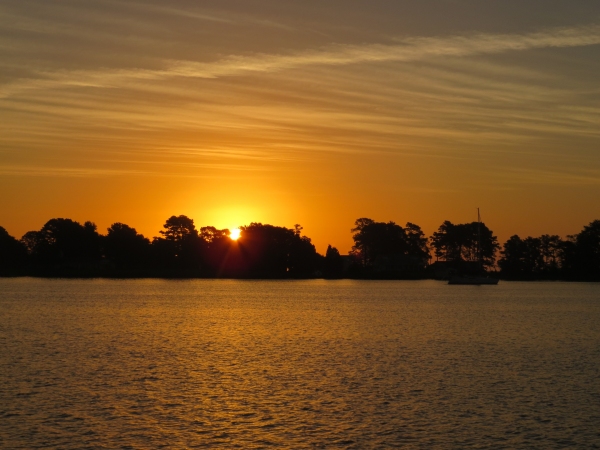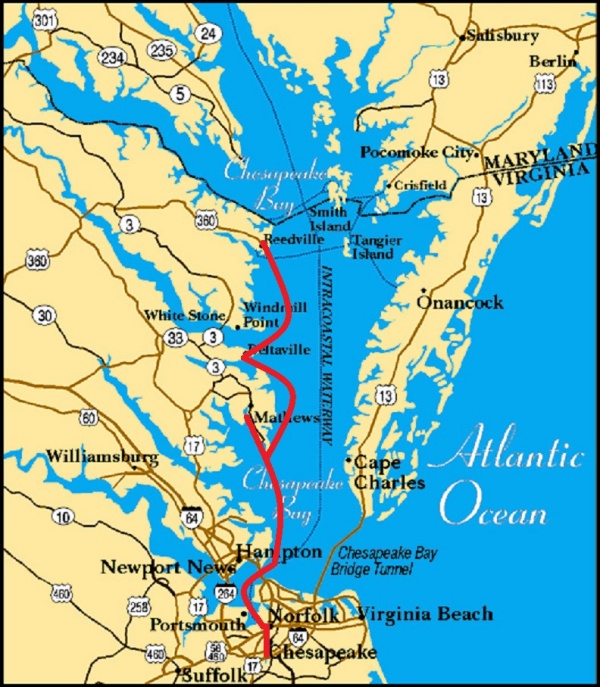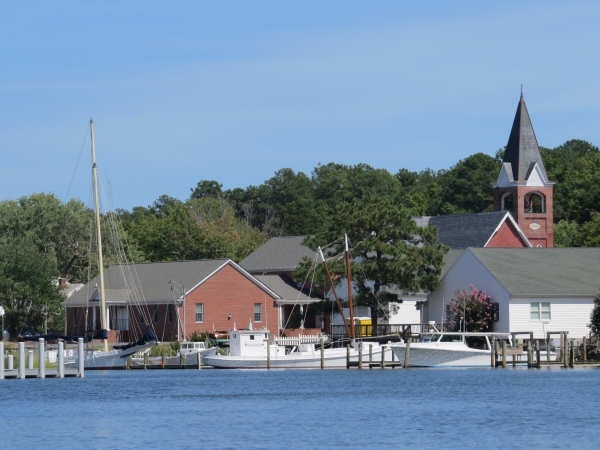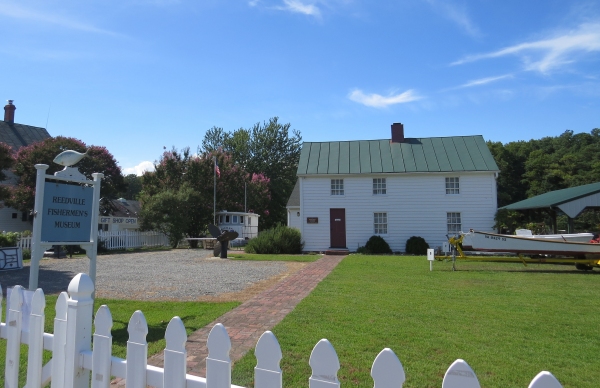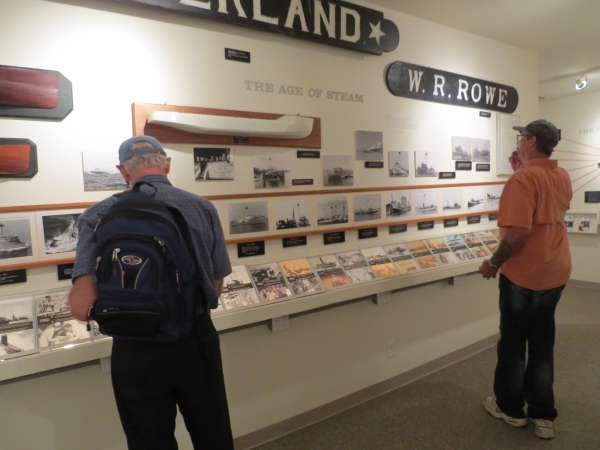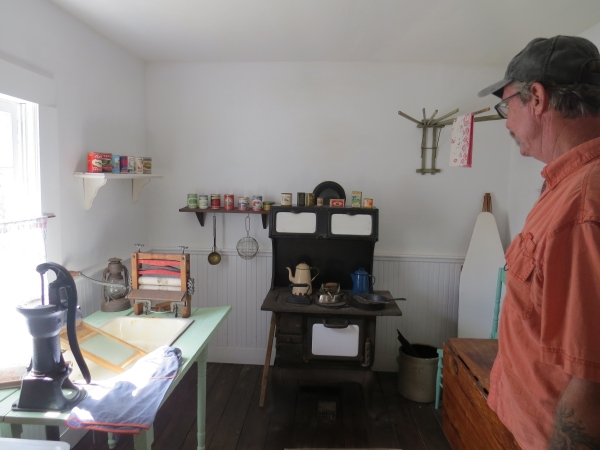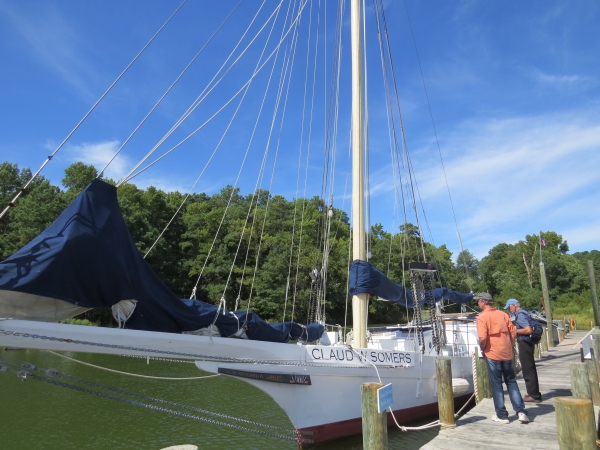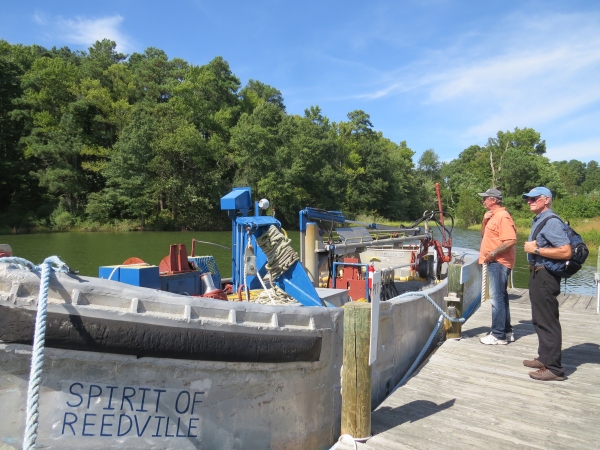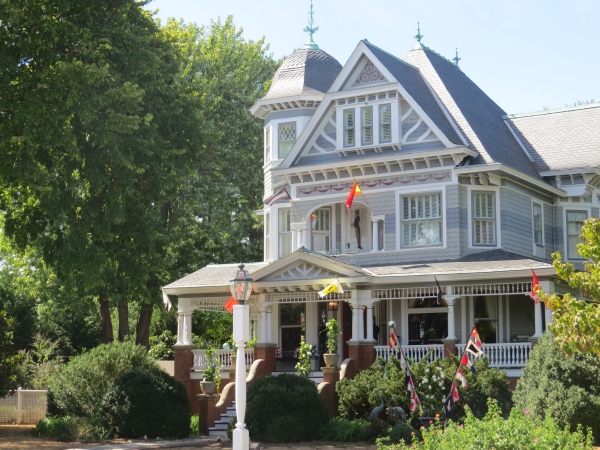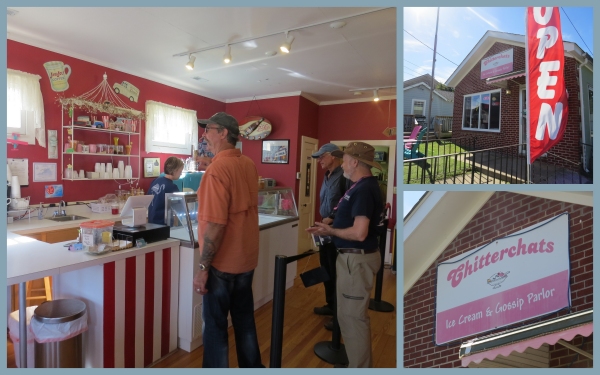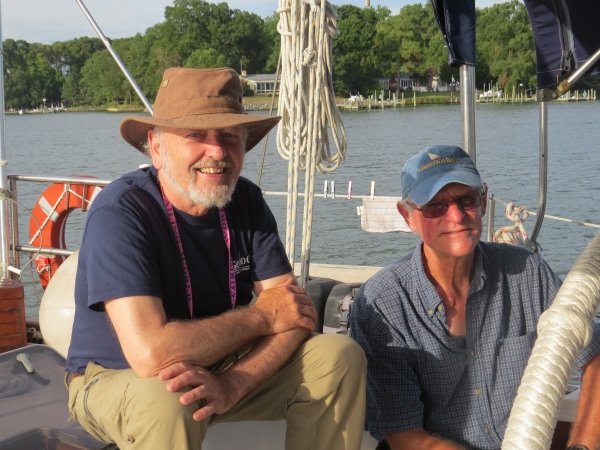Aboard Nine of Cups & New Year's Eve
/We left Lin's at 0430 and headed from Boston back to Chesapeake, VA in a rental car chock-a-block full of “stuff”. Where does it all come from and where will we fit it? Geez! The 575 mile, 11.5 hour ride through eight states was exhausting, but seeing Nine of Cups tied up along the wharf was worth the effort. It' good to be home again. We offloaded the “stuff”, exchanged out rental cars (long story, but it made sense), then, since Nine of Cups was still winterized, we opted for a hotel room for the night. What luxury as we fell into a king-sized, comfy bed and sipped a glass of wine. Though we had had romantic thoughts en route, they all disappeared as our heads hit the pillow. The next morning came rainy and raw and begged for lazing at the hotel till nearly noon. We finally set out to move aboard Cups once again.
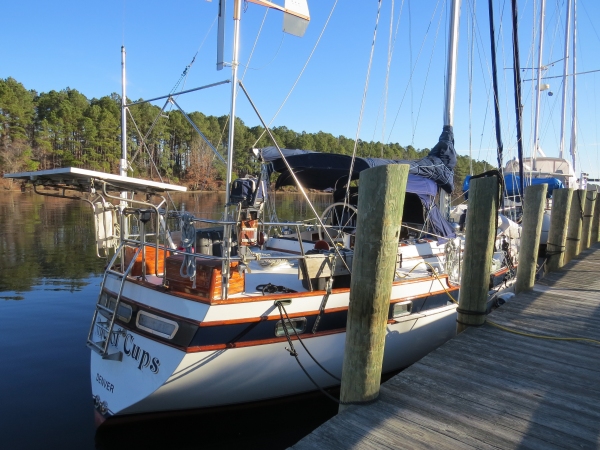
Having been alone since mid-October, Cups was sulking. As we began unpacking and stowing stuff, we soon noticed some problems. First of all, she smelled and leaving all the hatches open to air her out wasn't an option. The aft head which worked when we left wasn't working at all. This was bad news since a replacement forward head was waiting for us in the boatyard chandlery, but the chandlery was closed till Tuesday. David's efforts to fix the head were all for naught since the problem ended up being a bad pump and a spare pump was with the new head. Sigh! Pee bucket and long trips up to the boatyard toilet are in our future.
None of the dock faucets are operative … all have been winterized except for one at the dockmaster's office which meant we had to haul water in 5-gallon plastic jugs to the boat. We cannot see the dockmaster's office from the boat … it's quite a ways up the dock (that's also where the toilets are located). Luckily, we have a car at least for the week, so we can get the fresh water we need to get our on-board tanks sorted out and have running and drinkable water. It's a lengthy process de-winterizing her 5-gallons at a time, so we're using water from the jugs in the meantime for dishwashing and cleaning and have purchased bottled water for drinking.
We'd recently purchased a heater to use in conjunction with a little one we already had on board. It's quite chilly here, but with shore power, we figured we'd be warm and snuggly. We found out rather rudely that our existing heater didn't work when it immediately started smoking when turned on. The new heater heated an area about 12” away, not conducive to “snuggly” in the least.
Several other little niggly things have made their way to “the list”. There were already several repair/maintenance projects on the list... like the new head installation and alternator repair, for instance ... so with virtually no effort at all, David has plenty to keep himself busy for quite awhile. Happy New Year!
A trip to WalMart took care of the warmth issues … new flannel sheets, a bed warmer and two new heaters plus timers. The price for a new head pump at the local West Marine was nearly equal to the cost of the entire new head we'd just purchased from Defender. Our frugal natures willed out. We decided to tough it out till Tuesday when the chandlery opens and we can claim our new head delivery. We've hauled enough water, so that we're now adding drinkable water to the tanks. All problems are surmountable when we're together and back aboard! ;-)

We've been preparing for our New Year's Eve celebration midst the niggly boat problems. We have two bottles of champers aboard … left in the cockpit, chilling is not necessary. We purchased a turkey breast and sweet potatoes and some greens (greens promise prosperity in the new year) for our Eve dinner along with berries and cream for a decadent “crumble” dessert we'll conjure up. We've got grapes for good luck to eat at midnight!
We've already planned our New Year's Day feast with a traditional southern Black-eyed Pea and Sausage Stew, some more greens and cornbread. Though we're Yanks, we figure we're south of the Mason-Dixon line and when in Rome …
Here's the recipe we'll be using …
We wish you an amazing and wonderful 2017. Cheers!


